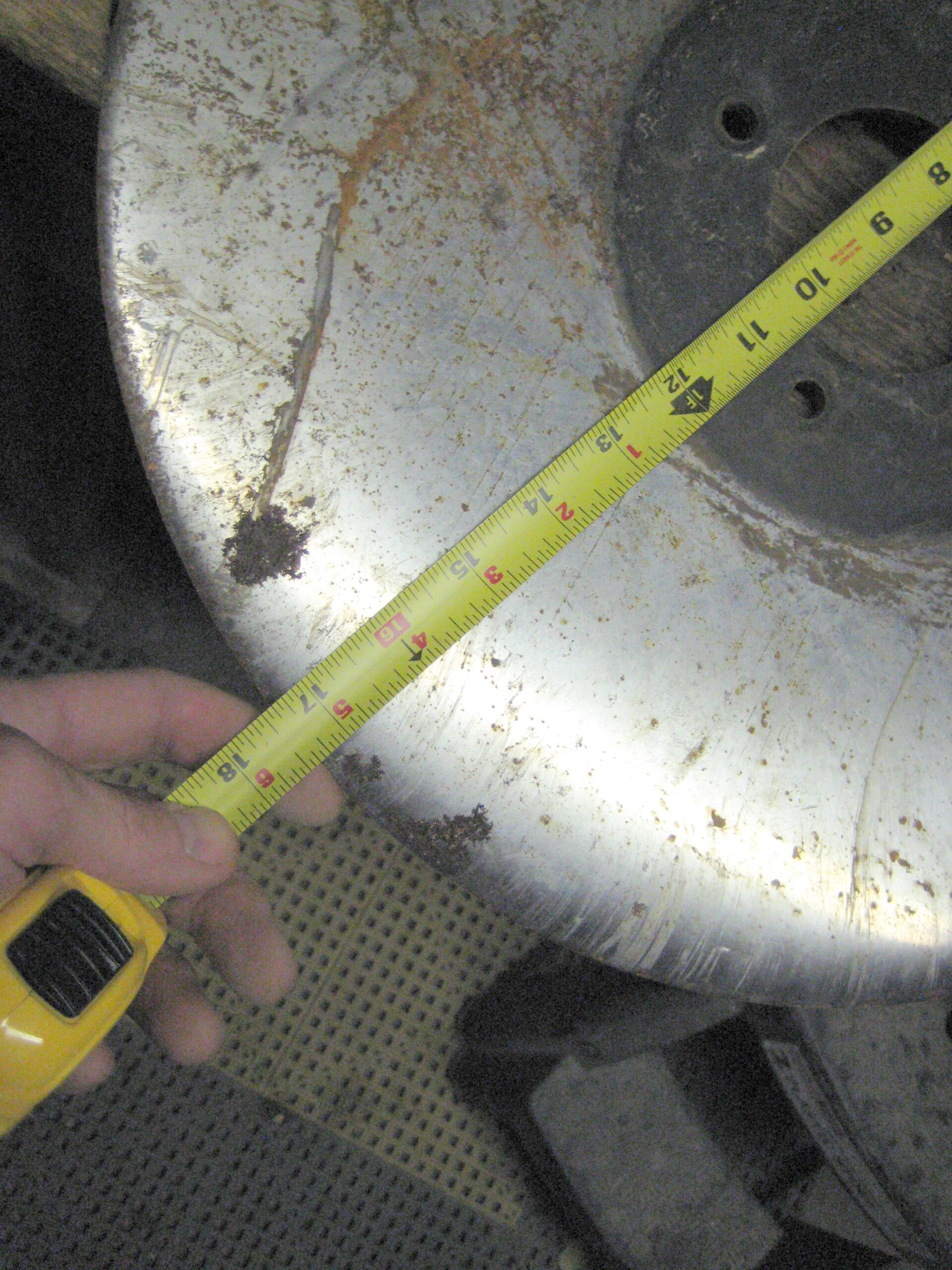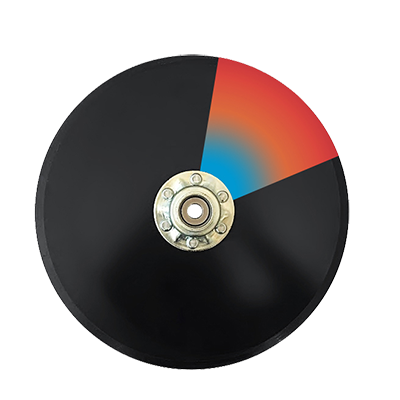If there is one part that doesn’t get replaced as often as it should, it’s the openers. When you decide to get “another season” out of your blades there are other key parts of the planting process that are affected.
“When do you change the blade on your utility knife?” The common answer is, “When it gets dull.” In No-till, the same answer applies to opener blades on planters and drills.
On planters this means replacing blades before they get to 14.5″ diameter. As blades wear, they not only lose their bevel, but they also get thinner. This causes the blade to flex more as it runs through the ground. If your seed tube guard is less than ¾” wide and you have blades that are close to 14.5″ you will have too much blade flex. This causes a narrow furrow, in which the seed might not reach the bottom. A furrow that’s not wide enough also won’t allow the Keeton to stay in the furrow to firm the seed. This isn’t even considering that you were able to cut through residue and form a furrow in the first place.

The same thing happens on drills as well. A worn blade affects other steps after the furrow is formed. If your opener blades on your drill are close to 17.5″ at the start of the season you can pre-maturely wear the seed boot (a much more expensive item to replace!) This is because as you lose diameter the seed boot gets deeper into the furrow. Blade flex is still an issue here as well; a thin blade will not hold the 7° angle it needs to create a wide enough furrow.
To summarize the opener blades are extremely important in doing a good job at seed placement and getting uniform emergence. Avoid looking at the blade as just one part and visualize all the steps after that it will affect. Exapta sells the Forges De Niaux blades for planters and for drills, which we have had very good luck with. Growers are reporting 20-30% longer life and blades staying sharper longer. This longer life can mean the difference between just barely getting by towards the end of planting versus still doing an excellent job on all your acres.

